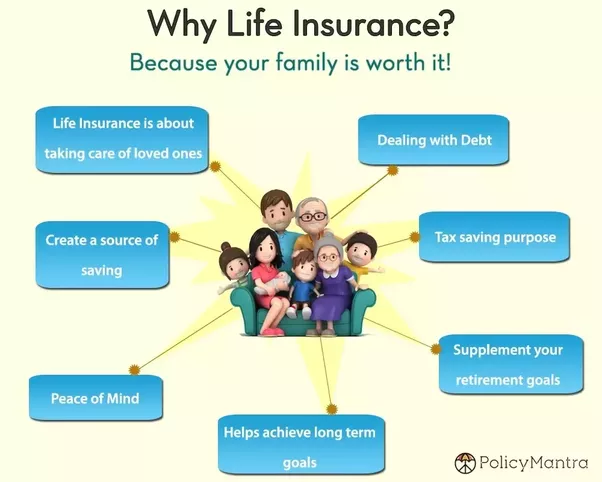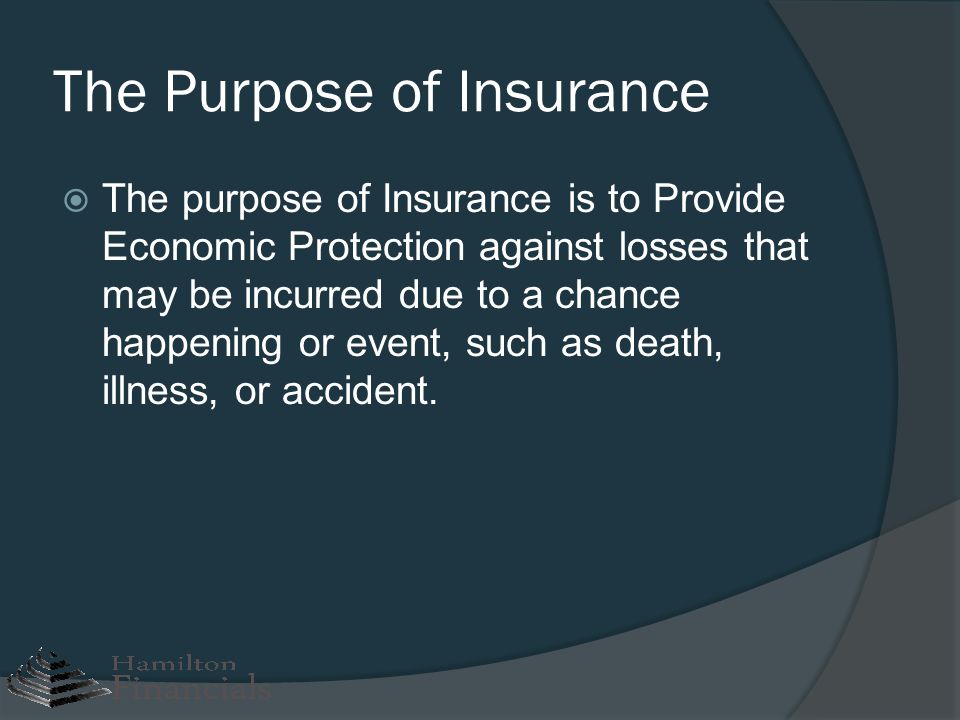Not known Facts About Pacific Prime
Not known Facts About Pacific Prime
Blog Article
The Pacific Prime Statements
Table of ContentsPacific Prime - QuestionsGet This Report on Pacific PrimeThe Only Guide to Pacific PrimePacific Prime Fundamentals Explained
In most states, the insurance firm is called for to send you a duplicate of the modifications to your plan. It is necessary that you check out Endorsements or Bikers so you comprehend how your plan has changed and if the plan is still ample to fulfill your demands. To get a copy of your insurance policy, please call your insurance policy representative or firm.
The Institute of Medicine (IOM) Committee on the Consequences of Uninsurance launches an extended examination of proof that addresses the relevance of health and wellness insurance protection with the magazine of this report. Coverage Issues is the very first in a series of 6 records that will certainly be provided over the next two years recording the truth and consequences of having an estimated 40 million people in the USA without medical insurance protection.

Some Known Facts About Pacific Prime.
The goal of this series of researches is to redouble policy interest on a historical trouble. Following the lengthiest financial expansion in American history, in 1999, an approximated one out of every 6 Americans32 million grownups under the age of 65 and greater than 10 million childrenremains uninsured (Mills, 2000).

10 percent of the populace accounts for 70 percent of health and wellness treatment expenses, a correlation that has stayed consistent over the previous three years (Berk and Monheit, 2001) - expat insurance. Therefore medical insurance remains to offer the feature of spreading threat also as it significantly funds regular treatment. From the point of view of healthcare providers, insurance lugged by their patients helps secure a profits stream, and areas gain from economically feasible and stable healthcare specialists and institutions
Government offers medical insurance to populations whom the exclusive market might not serve properly, such as impaired and seniors, and populations whose accessibility to health and wellness care is socially valued, such as kids and expectant females. The best ends of medical insurance coverage for the individual and areas, consisting of workplace areas of staff members and employers, are improved health end results and lifestyle.
Pacific Prime for Dummies
Employees place health insurance coverage first without a doubt in relevance among all the advantages provided in the workplace (Salisbury, 2001). There have actually been large investments of personal and public funds Visit Your URL to supply health and wellness insurance, lots of individuals still have no coverage. In spite of comprehensive coverage of study findings and healthcare study results, the general public continues to be confused and misinformed regarding Americans without wellness insurance coverage and the ramifications of doing not have protection.

Without doubt, the complexity of American health and wellness treatment funding devices and the wealth of sources of info include in the general public's complication and skepticism about medical insurance stats and their analysis. This record and those that will certainly adhere to aim to distill and offer in conveniently understandable terms the substantial research study that births on concerns of medical insurance coverage and its relevance.
Fifty-seven percent of Americans surveyed in 1999 believed that those without health insurance coverage are "able to obtain the treatment they need from medical professionals and hospitals" (Blendon et al., 1999, p. 207). In 1993, when national interest was concentrated on the troubles of the uninsured and on pending health treatment regulations, simply 43 percent of those polled held this idea (Blendon et al., 1999).

They also receive fewer preventive solutions and are less most likely to have routine look after chronic conditions such as high blood pressure and diabetes mellitus. Chronic diseases can lead to pricey and disabling problems if they are not well managed (Lurie et al., 1984; Lurie et al., 1986; Ayanian et al., 2000). One national study asked more than 3,400 grownups regarding 15 extremely serious or somber conditions.
The Best Strategy To Use For Pacific Prime
Added evidence exists later in this chapter in the conversation of insurance coverage and access to healthcare. https://pacificpr1me.bandcamp.com/album/pacific-prime. People without health insurance policy are young and healthy and select to go without insurance coverage. Nearly fifty percent (43 percent) of those surveyed in 2000 thought that people without health and wellness insurance are more probable to have illness than people with insurance coverage
Citizens and policy manufacturers in focus team discussions identify those without insurance coverage as young people who have the possibility to be covered and feel they do not require it (Doorperson Novelli, 2001). Contrasted to those with at least some personal protection, the without insurance are much less likely to report being in outstanding or really good wellness (Agency for Health Care Study and Quality, 2001).
RESOURCE: Center for Expense and Financing Research Studies, Agency for Health Care Research Study and Top quality, based on MEPS information. Youthful grownups between 19 and 34 are much more most likely to do not have wellness insurance policy than any other age group. This is mainly because they are less frequently eligible for employment-based insurance coverage due to the nature of their task or their short tenure in it.
The understanding that people without insurance coverage have better-than-average health and wellness complies with from confusing the fairly young age profile of the uninsured with the much better health, typically, of younger persons. This obscures the web link between health status and health insurance. For those without accessibility to office wellness insurance coverage, poor health is a potential obstacle to buying nongroup insurance coverage due to the fact that such protection may be very valued, leave out pre-existing conditions, or be merely unavailable.
Report this page